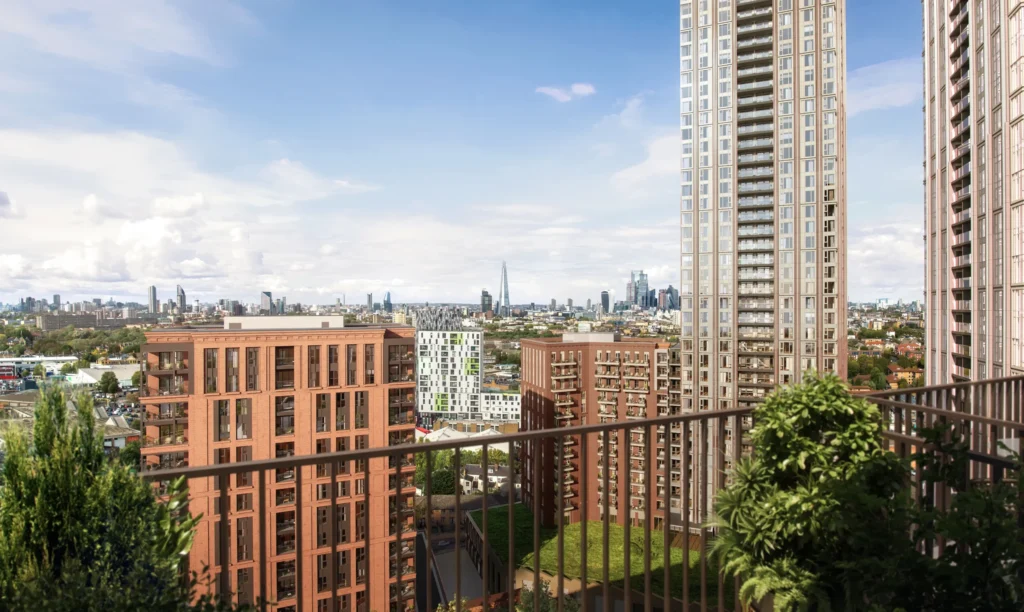UK Housing Market Growth Slows Amid Budget Speculation
Property market trends highlight slowing growth in the UK, raising questions over affordability, demand, and future housing activity. Fresh data from Zoopla’s latest House Price Index reveals that annual growth dipped to 1.4% in August, down from 1.9% at the end of 2024.
Property Market Trends and Average House Prices
According to the index, the average property is now valued at £271,000, an increase of just £4,350 over the last 12 months. While prices are still creeping upwards, the slowdown is evident, particularly in higher-value markets where speculation about government tax changes is having a tangible effect.
Budget Uncertainty Dampens High-End Market
Pre-Budget rumours are weighing heavily on properties priced above £500,000. Zoopla’s figures show that demand for these homes has fallen by 4% in recent weeks, with new listings also dropping by 7%. At the luxury end of the market, the story is even more pronounced: demand for homes worth over £1 million has slipped by 11%, with new listings down by 9%.
Therefore, industry experts believe many buyers and sellers are delaying decisions, waiting to see if tax or Stamp Duty changes materialise.
Property Market Trends in Affordable Areas
While prime pUK numbers, and I’ll have it on 24/7. Please feel free to call me anytime.roperty markets pause, more affordable regions are driving growth. Homes priced under £200,000 saw annual rises of 2.8%, while areas with higher averages remain largely static.
Five postal districts have recorded growth above 4%, including Kirkcaldy, Motherwell and Tweeddale in Scotland, Oldham in the North West, and Llandrindod Wells in Wales. These markets, often overlooked during boom periods, are benefiting from a wave of demand from buyers priced out of more expensive regions.
Southern England Sees Annual Declines
In contrast, southern England continues to record falling values. Prices are down by around 1% annually across parts of the region, with hotspots for second homes such as Bournemouth, Exeter, Truro, and Torquay experiencing the sharpest drops. Central London has also felt the impact.
One factor behind this decline is a rise in listings in areas with large concentrations of second homes. Recent changes to council tax rules for additional properties are encouraging owners to sell, adding supply and dampening price growth.
Property Market Trends and Mortgage Stability
Despite these shifts, Zoopla’s executive director Richard Donnell remains cautiously optimistic. He notes that the stabilisation of mortgage rates has underpinned activity, with the market on track for its busiest year since 2022.
Donnell explains:
“Speculation over possible tax changes is nothing new, but this summer it has been more pronounced, particularly for homes over £500,000. Still, the wider market remains relatively steady, with serious buyers continuing their search.”
Furthermore, he warns that delaying could backfire for buyers considering a move. After all, transactions now take six to seven months.
First-Time Buyers Watch Closely
For first-time buyers, slower price growth may be welcome news, but challenges remain. Nathan Emerson, chief executive of Propertymark, highlights that affordability remains under pressure from economic uncertainty. Moreover, stagnant wages and inflationary pressures continue to challenge buyers.
Stamp Duty reforms in England and Northern Ireland have also affected affordability, while speculation of further changes continues to add hesitation. Nevertheless, Emerson notes that gradually falling interest rates have enabled lenders to introduce competitive mortgage deals, offering borrowers some relief.
Property Market Trends as Lenders Compete
The mortgage sector has become more dynamic in recent months. Firstly, following three base rate cuts, lenders are now competing by reducing rates and introducing innovative products. Consequently, property market trends highlight slowing growth in the UK, raising questions over affordability, demand, and future housing activity. Finova’s business development director, Hamza Behzad, believes this competition is crucial:
“Although growth has slowed, the housing market is in a stronger position than many think. Lower mortgage rates and new products such as offset mortgages and joint ownership schemes could help underserved buyers get on the ladder.”
Moreover, Behzad observes that landlords, facing lower rental yields and new Renter’s Rights Bill rules, may release more properties.
Localised Demand Remains Resilient
Jeremy Leaf, former chairman of RICS residential, adds that the slowdown is not uniform across the country:
“Concerns about potential tax rises are holding back some buyers, particularly at the top end of the market. But demand remains fairly robust for affordable homes, especially in areas where buyers see long-term value.”
His comments underline the two-speed nature of the market: strength in affordable regions contrasted with hesitation in higher-value areas.
Looking Ahead: The Autumn Budget
All eyes are now turning to the government’s Autumn Budget. Any significant reforms to property taxes or Stamp Duty could reshape the market in the months ahead. Meanwhile, the Bank of England’s next interest rate decision in November will also influence confidence and affordability.
For now, the UK housing market is experiencing modest growth, with a slowdown that reflects broader caution rather than collapse. Affordable regions continue to show resilience, while wealthier areas wait for clarity.
What remains certain is that demand for property is still there – it is simply being reshaped by economic headwinds, tax speculation, and evolving buyer priorities.




